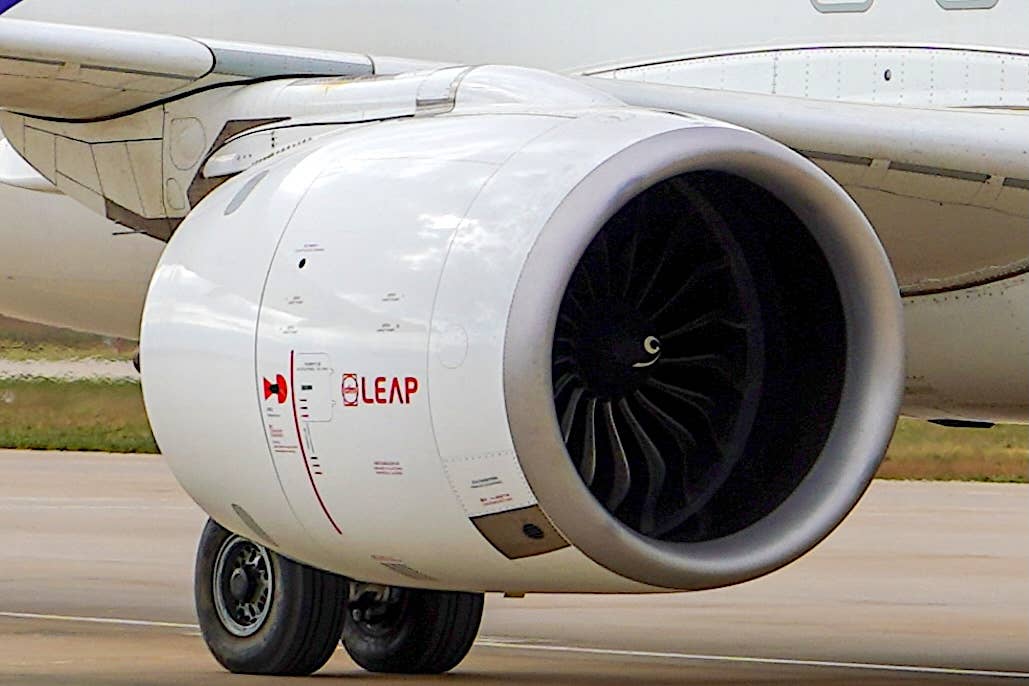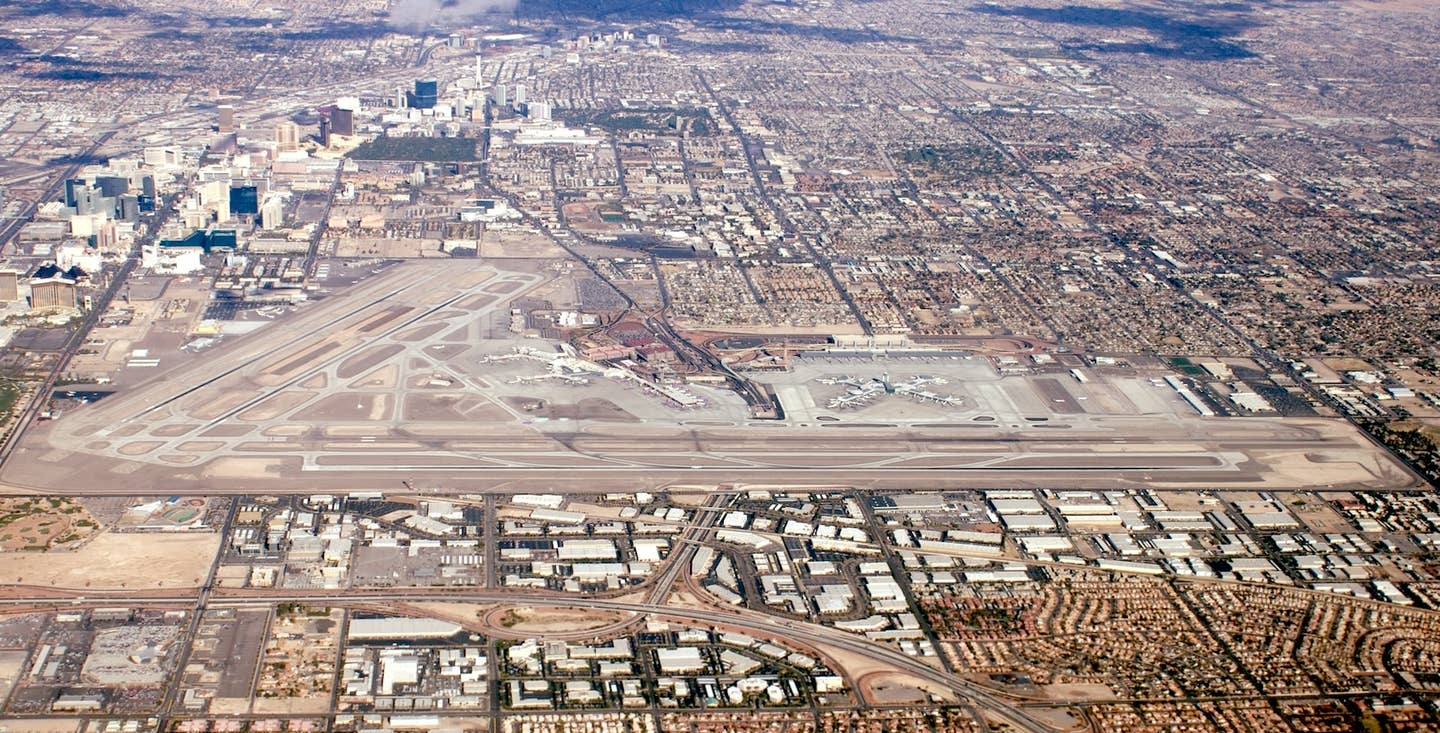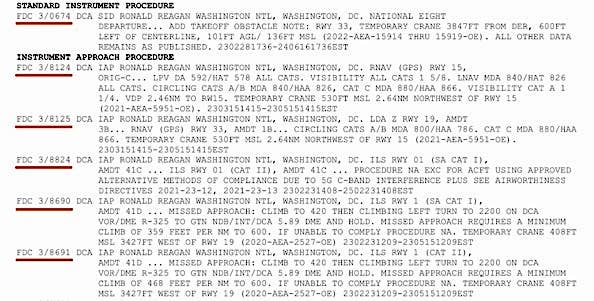Volunteer Pilot Flight or Illegal Part 135?
The many hundreds of pilots who donate flights to help others in need are heroes in the world of general aviation who can accept no compensation for those flights, including free flying time.
For over 70 years general aviation pilots have volunteered their time, skills and airplanes to help others in need by giving free flights for everything from search and rescue through medical transport, environmental survey and research to disaster relief, animal transport and exposing kids to the world of flight. What has been termed Public Benefit Flying (PBF) has saved lives, exposed toxic polluters, allowed collection of valuable scientific data, saved pets from euthanasia and generally enriched the lives of hundreds of thousands of people. Volunteer pilots have spent thousands of dollars of their own money providing free flights to help others.
Most pilots make their volunteer flights in conjunction with a volunteer pilot organization (VPO) that functions as a clearinghouse to match those who need a free flight with pilots who are willing to make such flights.
Those who have made volunteer flights say that those flights have been some of the most personally rewarding flying they have ever done. However, a volunteer flight cannot be financially rewarding—the pilot cannot be reimbursed for any of the cost of the flight or receive free flight time.
Because there has been some confusion within the community of dedicated pilots who make volunteer flights and VPOs that support them regarding how volunteer flights are paid for, the Air Care Alliance (ACA)—the umbrella organization that supports the activities of VPOs and volunteer pilots—recently sent out a Guidance Letter to VPOs and their pilots on the subject. Because of the interest of general aviation pilots in donating flights to help others, I am reproducing the letter here. Full disclosure: I have been a volunteer pilot doing Public Benefit Flying for over 25 years, am on the board of the Air Care Alliance and was heavily involved in drafting the guidance letter—which went out over my name.
Volunteer Pilot Flight or Illegal Part 135: Where is the Line?
Information Letter from the Air Care Alliance, March 2017
As an organization formed to function as the umbrella group to support all forms of Public Benefit Flying (PBF) and Volunteer Pilot Organizations (VPOs), one of the tasks of the Air Care Alliance (ACA) is to provide assistance and guidance to VPOs in carrying out their various missions benefiting the public. In trying to help individual VPOs avoid "reinventing the wheel," the ACA passes along information it has that may be of interest to all VPOs and their pilots to assist with best practices, routine operating issues, and regulatory compliance.
This letter to VPOs will address what we observe to be some confusion regarding which operations are legal for a VPO and Volunteer Pilot (VP) to perform under FAR Part 91 when providing free flights to members of the public. The contents of this letter are based on work and research into the FARs, FAA enforcement actions, and FAA letters of interpretation of the FARs. The research is the result of work performed by the members of the Board of Directors of the ACA, material provided to the Board by VPOs, aviation attorneys and insurance brokers, as well as in meetings between Board members and FAA personnel and attorneys.
Pilots have been volunteering their aircraft, time, and expenses to help others since not long after the first flight of a balloon. Save for a green creature who dwelt in a cave on Mount Crumpit and reportedly had a heart that was two sizes too small, everyone agrees that VPs who donate their skills and aircraft to help others are doing a good thing.
Once the word got out that pilots and airplanes were available to provide free lift for those in need, the demand for that lift greatly exceeded the supply. Soon, volunteer pilot organizations were formed to provide clearinghouses to match VPs with people in need of lift, be it medical transport, environmental research and support, exposing youth to aviation, pet transport, or the many other reasons that VPs can use aircraft to help others.
One of the major reasons that demand far exceeds supply in the VP and VPO world is that operating aircraft is expensive and VPs are generally resource limited, so they cannot give away as many free flights as they would like. Naturally, that led to efforts to find ways to provide funding to VPs so that they could afford to make more flights. Funding the VPs created a divergence between the desire to do good for others by providing as many flights as possible and the FAA's obligation under law to provide protection to innocent aircraft passengers through safety requirements—the Federal Aviation Regulations (FARs)—that must be complied with by pilots who carry passengers.
A Clear Line
In creating FARs to protect innocent passengers the FAA drew a very clear line in the sand: a passenger who is not paying for a flight (public benefit flights are free for the passengers) is only entitled to the lowest level of safety provided by the FARs—called Part 91 operations. Those passengers are only entitled to be flown by a pilot who must hold only the lowest level of passenger-carrying pilot certification (private, light sport, or recreational pilot) and who meets the lowest level of medical certification (light sport medical requirements, third class medical or, now, what is being referred to as BasicMed). If the pilot is being compensated in any fashion for the flight, the passenger is entitled to a higher level of safety of flight. Any compensation to the pilot means the flight may not be conducted under Part 91—it falls under either Part 135 or Part 121 air carrier standards. The FAA partially defines what is and what isn't an air carrier or commercial operator in Part 119 of the FARs.
The FARs allow a pilot and passengers to share the direct expenses of a flight. However, since public benefit flights are, by definition, free to passengers, this provision does not come into play. Moreover, such cost sharing applies only when the pilot and passenger share a common purpose for a flight. The FAA has clearly stated that a pilot providing transportation to, for example, a medical patient does not share a common purpose with that patient. Therefore, a VP cannot accept even one penny paid by, or on behalf of, passengers and conduct the flight legally under Part 91.
The Regs Are To Protect Passengers
The FAA did not draw up the regulations to make things always fair or easy for pilots—it was directed by Congress and the President to protect aircraft passengers. When considering compliance with the FARs, look at them from the perspective of passenger protection, not from our view as to what is best for pilots.
The FAA long ago defined "compensation" for the pilot as anything of value—and that includes free flying time. If the pilot pays one cent less than his or her pro rata share of the cost of the flight, then the pilot is receiving compensation. If the pilot owns the airplane, her or his pro rata share of the cost of the flight is generally based on the cost of fuel and oil; if the pilot has rented the airplane the cost of the flight is the cost of the rental.
It should be noted that it is the FAA's position that VPs receive compensation if they log flight time and take a tax deduction. However, and luckily, because of the FAA's support for public benefit flying, it permits that form of compensation —and only that form—for a pilot as a matter of policy.
Naturally, VPs and VPOs have tried all sorts of creative ways to get around the FARs so that they can provide more free flights. It should be kept in mind that the FAA knows about VPs and VPOs and the world of volunteer flying and has publicly come out in favor of it. However, it and the NTSB have also repeatedly expressed their concern for the safety of passengers, so making life cheaper and easier for pilots is not high on their list of priorities when that is balanced with flight safety.
With all of that as background, where is the line between legal volunteer flying and illegal Part 135 operations? The good news is that the line is very clearly drawn—no gray areas—the bad news is, bluntly, that a lot of VPs and VPOs who want to provide more flights either don't know or don't like where it's drawn and may have crossed it. By doing so, they are putting themselves, those they serve, and the world of volunteer flying at risk.
Here are the basic guidelines:
Fuel reimbursement: For many years, the FAA has granted Exemptions to VPOs allowing them to provide fuel reimbursement to pilots provided that a litany of higher safety standards for the pilot, his or her airplane, and the VPO were implemented and followed.
Yes, Congress passed a law requiring that VPOs be allowed to reimburse their VPs for fuel used on volunteer flights if the VPO and VP comply with any regulations on the subject that the FAA establishes. The FAA never did issue regs. Instead, it issued a statement that the FAA was complying with the law by continuing to grant Exemptions to VPOs that meet the higher standards. Therefore, for a VP to get reimbursed for fuel used on a flight the VPO must have obtained an Exemption from the FAA and the VPO and VP must both fully comply with the terms of the Exemption. We note that the Exemptions are onerous, thus most pilots have found it's cheaper to pay for the fuel than comply. Bottom line: no fuel reimbursement unless the VPOand VP both jump through the Exemption hoops.
VPOs paying part or all of the cost of flights by their VPs: Bottom line: this is absolutely illegal. The VP is being compensated, so the flight is for hire and must be conducted under Part 135 of the FARs.
VPO-owned, leased or rented aircraft flown by VPs: Bottom line: if the airplane is owned, leased or rented by the VPO for the purpose of carrying out the VPO's mission in life and that mission involves transportation of people, pets or things, it's illegal under Part 91. The FARs are absolutely clear—it's not a corporate aircraft used incidentally to further the purpose of the company; it's an airplane being used to further the public benefit purpose of the company, which is transportation of people, pets or things. That falls under either Part 135 or 121. (FAR Parts 61.113 and 91.501 provide the framework.) The only way for a VPO that owns, leases or rents an aircraft to make flights using VPs legally is for the aircraft to be on a Part 135 operating certificate and for the pilots to also be on that Part 135 certificate, hold a commercial rating or higher, have a second class medical certificate, and have passed the appropriate checkride(s).
The only exception to the VPO-owned, leased or rented aircraft flown by a VP and not on a Part 135 certificate is if the flight originates and ends from the same airport and has the same occupants in the aircraft throughout the flight—essentially a sightseeing flight. There are some VPOs that fall under this exception and can own and have VPs fly their aircraft—primarily search, photo, research, surveillance or observation missions. (Those pilots have to hold a commercial certificate or better and a second class medical or better.) Transportation flights—medical, animal relocation or cargo/equipment/relief supplies—never fall under this exception.
Putting Yourself and Others at Risk
We note that we periodically see VPOs, especially those carrying out medical transport or religious missions, that raise money to buy and/or operate airplanes in furtherance of their missions and attempt to conduct the operations under Part 91 because they assert that because they are engaged in some form of "good works" that they can do so. This is absolutely incorrect. No matter how righteous the VPO feels it is in carrying out its mission with aircraft, it is required to do so in compliance with the FARs. While it sounds great to raise money for your organization to own an airplane that you can fly, on other people's money, to carry out your mission to help others—it's not legal unless you jump through the Part 135 hoops. There's no such thing as free flying time for a pilot—it is compensation, and that means Part 135.
We note that the above guidance for operation of aircraft applies to all "N" registered aircraft no matter in which country the aircraft is being operated. The FAA has specifically stated that while an N-registered aircraft is being operated in a foreign country and must comply with the aviation regulations of that country, it must also comply with the FARs.
Finally, we express our extreme concern with the actions of VPOs that are reimbursing their VPs for some or all of the costs of flights, reimbursing VPs for fuel without complying with the fuel reimbursement Exemption requirements, and/or providing transportation flights in VPO-owned aircraft flown by VPs. These actions present a real and extraordinarily high risk to those served by the VPOs—the passengers and loved ones—as well as to the VPs and the VPOs themselves.
We acknowledge that the risk of the FAA seeking out and filing violation actions against VPOs and VPs is low. However, should there be any sort of incident or accident that triggers FAA involvement, we believe it is likely that the FAA will immediately recognize the fact that the flight was being conducted in violation of the requirements of Part 91 and was actually "for hire" and should have been operating under the stricter rules of Part 135. That finding could expose the VP to a certificate action and the VPO to significant fines under the civil penalty procedures of the FARs. In addition there is also, in our opinion after consulting with attorneys and insurance professionals, a significant risk that the insurers for the VPO and VP would refuse to pay any claims because the flight met the FAA's definition of "for hire" rather than being conducted under Part 91. It would be a terrible situation if a passenger on a flight were hurt in an accident and it turned out no insurance was available to pay for her or his medical costs or other claims. Finally, we believe that directors and officers of those VPOs could find themselves facing legal action regarding their fiduciary responsibility.
While the risks of fines, pilot violation actions, and no insurance coverage are bad enough, what we consider may be worse is the risk to public benefit flying as a whole should there be an accident of a volunteer flight being operated in violation of Part 91. The FAA has expressed broad support for public benefit flying; yet it has also expressed concern for the safety of innocent passengers not fully aware of the risks of general aviation aircraft flown by amateur pilots who are not required to take regular checkrides.
In addition, in 2010, the NTSB expressed its high concern for the safety of public benefit flying and came to the Air Care Alliance demanding that it act to increase the level of safety. Over the course of six years the Air Care Alliance, working with AOPA and many VPOs, created an interactive, online VP training course and has recommended best practices to VPOs—many of which have been adopted. Last year, the NTSB formally found the Air Care Alliance's actions to be satisfactory; however, it is still carefully scrutinizing public benefit flying. We are concerned that the notoriety that would be generated by an accident involving a VPO-owned aircraft flown by a VP on a religious or medical transport mission will cause the FAA to enact regulations controlling public benefit flying. Because the FAA's regulations on fuel reimbursement for public benefit flying are so onerous, we believe public benefit flying regulations could also be so onerous as to effectively destroy it.
We urge you, your VPs and your VPOs to ensure that they are in compliance with the FARs and not let the egos of organizers or the good faith desire to "do good" cause you or them to ignore the FARs and put yourself, those you serve, and public benefit flying at risk. Above and beyond the FARs—which are just minimum standards for VPs and VPOs to meet—we also urge you to consider your ethical responsibility to passengers, their families and public benefit flying as a whole.
And, we'll put the following as bluntly as we can: if you run a VPO or charity involved in providing free transportation flights under Part 91 and it either owns an airplane or receives one as a donation—sell it. It's not legal for your group or its volunteer pilots to operate it under Part 91 to transport people, animals, or things. Use the money from the sale to further your mission in other ways—through outreach, pilot recruitment, and staffing to coordinate missions. Please don't put public benefit flying at risk.
Guidance from the Air Care Alliance evolves as regulations and interpretations change and as VPOs provide feedback regarding their experience in the field. If you have comments or suggestions regarding the issues discussed in this letter please forward them to mail@aircareall.org.
Sincerely Yours,
For the Board and the Legal and Regulations Committee
Rick Durden
Member of the Board
AIR CARE ALLIANCE
Rick Durden is an aviation attorney, holds an ATP with type ratings in the Douglas DC-3 and Cessna Citation and is the author of The Thinking Pilot's Flight Manual or, How to Survive Flying Little Airplanes and Have a Ball Doing It, Vols. 1 and 2.






